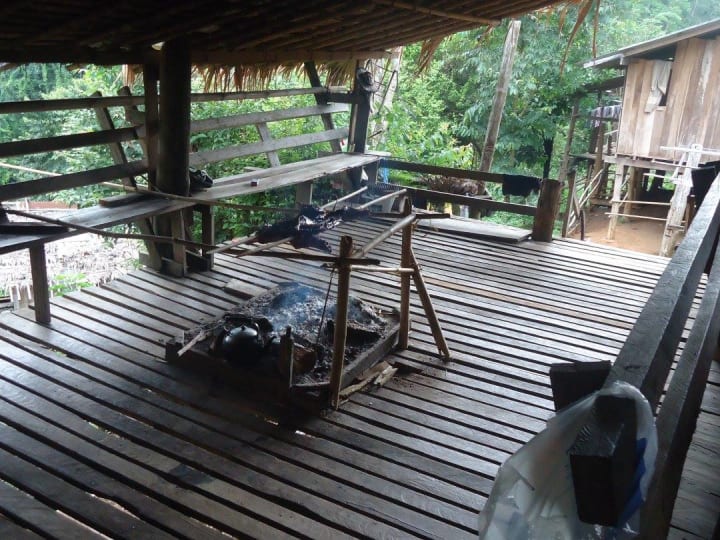Permaculture In Thailand
My Trip Learning To Be More Sustainable

4 years ago today, I had never traveled outside the United States. I was just a kid from New Jersey about to graduate from college with only a small idea of what I wanted to do with my life. All I knew was that it had to be something meaningful. Flash forward to June of that year, and I’m on a plane, alone, traveling across the world to Thailand and Laos.



I was traveling to volunteer with GIVE, a group focused on helping to work and educate on sustainable initiatives in remote villages around the world. My trip would bring me to a isolated farming community in the mountains of Northern Thailand and to a tiny village along a river in the mountains in Laos.


In Thailand we spent most of our time in Mueang Khong, a community found in the shadows of the Chiang Dao mountain range. Here our sustainability efforts were focused on building a permaculture farm behind one of the schools we were tutoring in. This, I thought was a phenomenal idea and one a lot of Americans could learn from as well.
Why was this important to the Thai people though? What does permaculture mean? Let me explain.

When most people think of Thailand, they think clear blue oceans and sandy beaches. Well, that wasn’t our experience. We were in the mountains so there definitely weren’t any sandy beaches. But more importantly, the rivers we saw were not crystal-clear blue or even blue for that matter. Those rivers ran brown and murky.

This was caused by mud and dirt runoff from all the different farms and rice paddies found in those communities. Growing rice is a major money maker for these areas but that process takes a ton of water. Luckily, during the wet season, there is plenty of rain to go around. The downside to this process was that all that excess water had to go somewhere. This runoff from the farms would drag dirt and mud into the rivers, degrading the land as it did.
So, our solution was to educate the community to farm more sustainably by assisting in the building of this permaculture plot behind the one school. Now, permaculture in the simplest terms means to make the most out of the resources you are presented with. For us, that meant arranging this farm on a hill in such a way that when it would rain, the water would slowly trickle down the hill, feeding a ton of different plant and animal life as it went.

They had it organized so that the plants that needed the most amount of water sat towards the top of the hill, so they would get the water first. While the plants that needed less would be positioned at the bottom and would get the rainwater as it trickled down. There were chicken coops sitting right above a frog/fishpond. This being beneficial because the chickens would roam around, aerating the ground with their talons to help the plants get the oxygen they needed. Obviously, they would poop all over too and this would fertilize the ground as well. The excess poop would get carried by the water into the frog/fish pong and would feed those animals.
The most beneficial part to all this was that the kids from the school would eventually take over caring for this permaculture farm. They would learn sustainable farming and even better, the food that would be grown here would feed many of the children as well. This being important because many of these kids didn’t live 10-15 minutes from school like we do here in the states. In fact, many of them had to travel hours every week from the remote villages they called home. Often piling onto the back of a motorized bike, 2 or 3 at a time.


Ultimately, this permaculture farm would aid this community in more ways than you can count, working to solve many different problems. Do I think this is applicable in every community around the world? Probably not. Do I think this could solve a lot of problems for communities with similar struggles? Absolutely. We all can learn something from this process and if we all do so, we can work towards a more sustainable future, together.

Please enjoy a few more pictures!




About the Creator
Jacob Walters
Movie & TV Nerd... That is all.







Comments
There are no comments for this story
Be the first to respond and start the conversation.